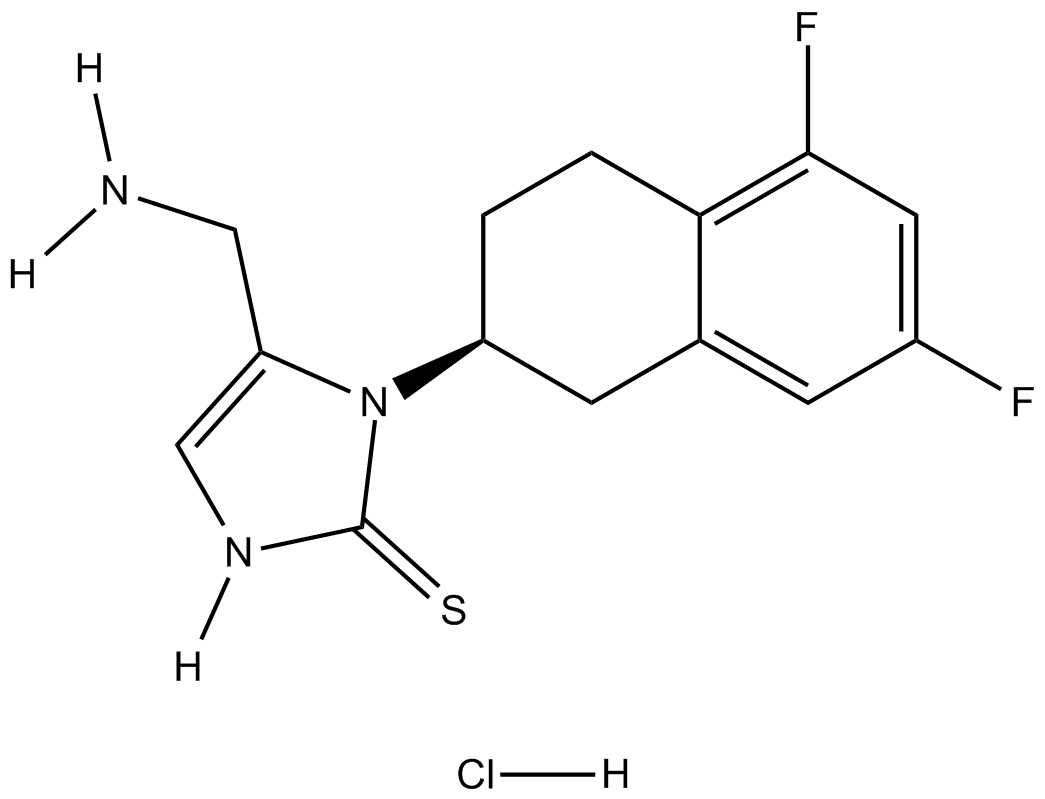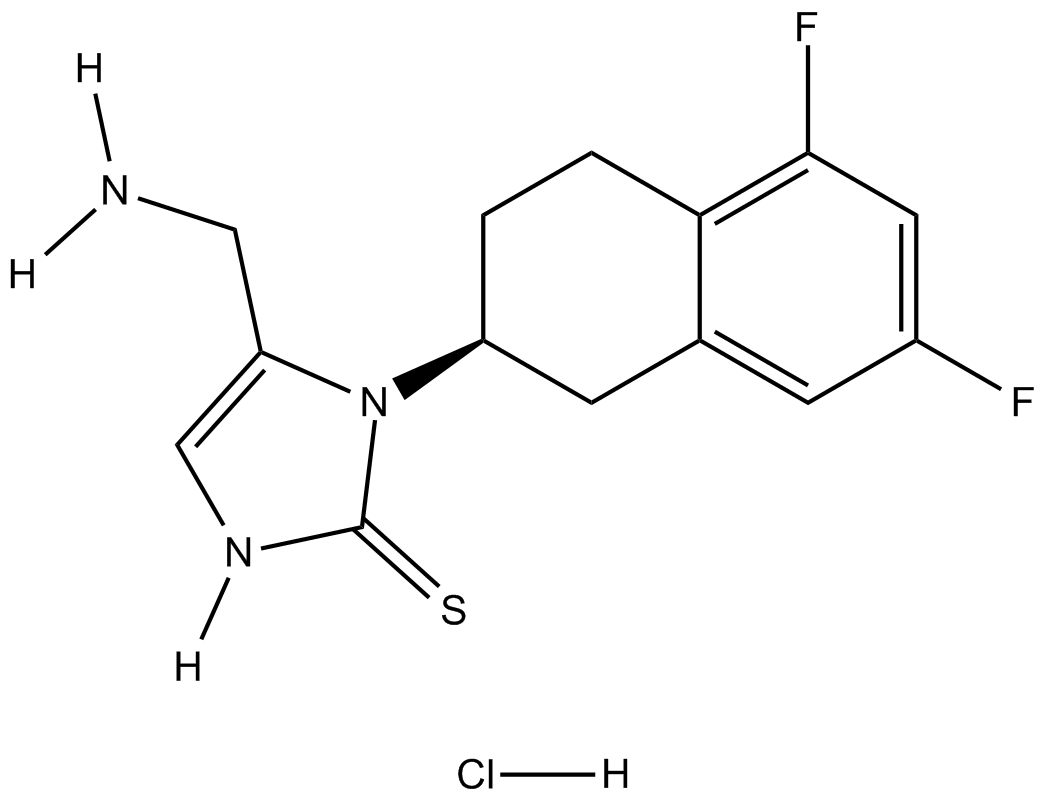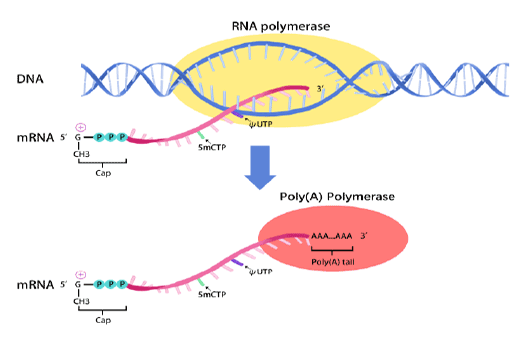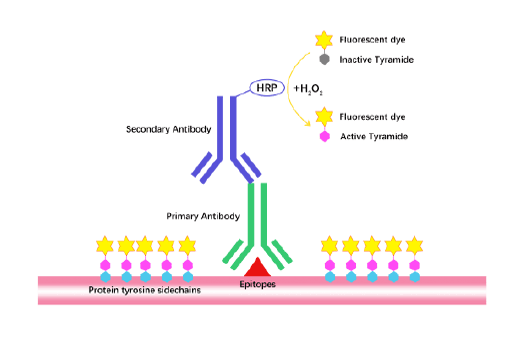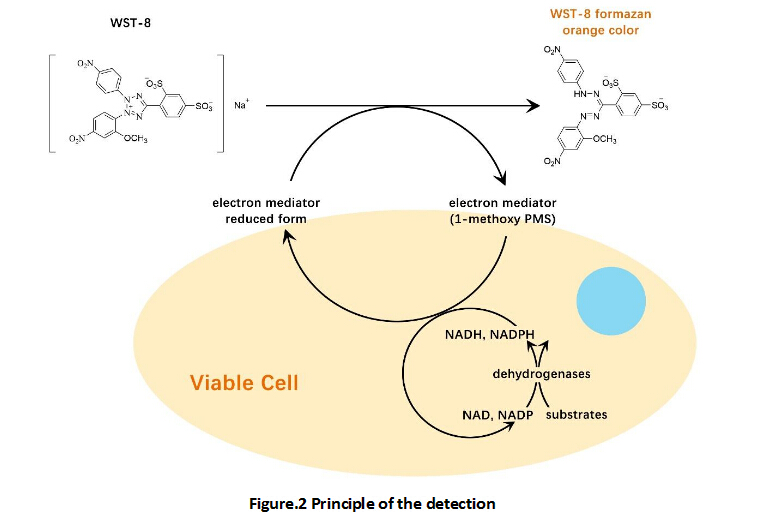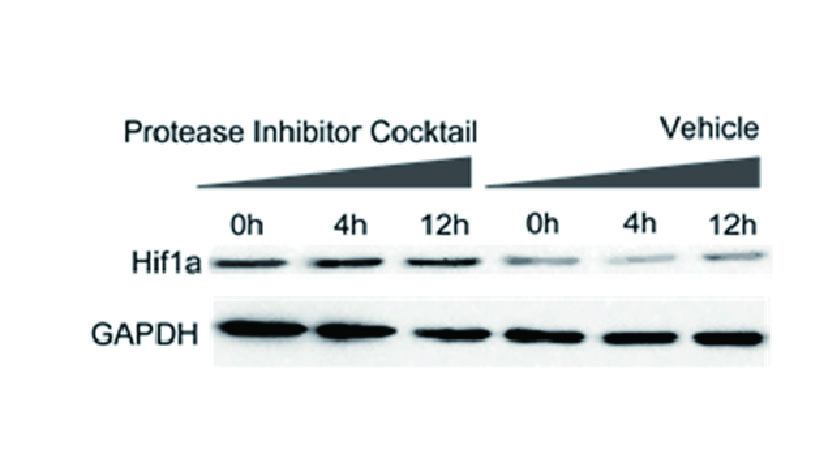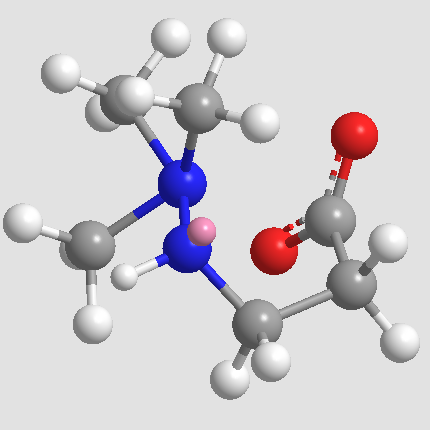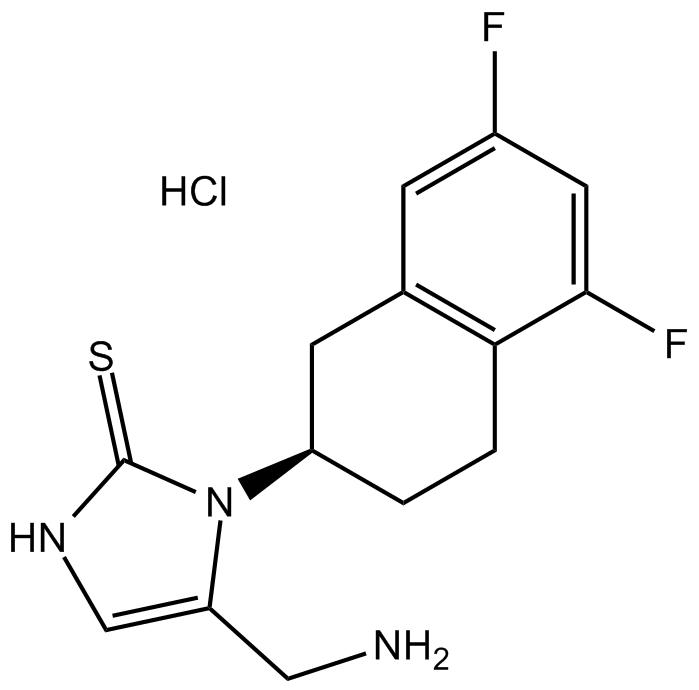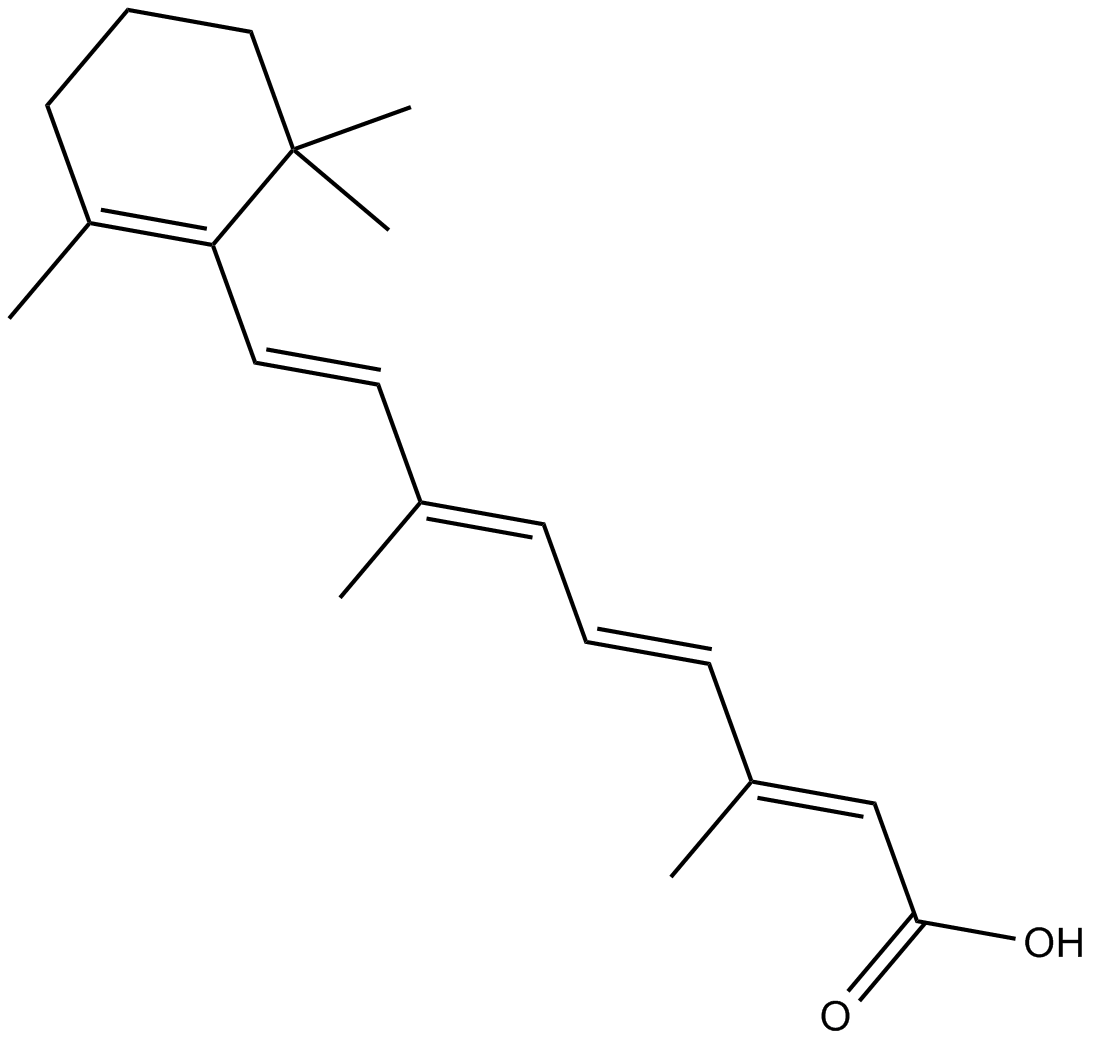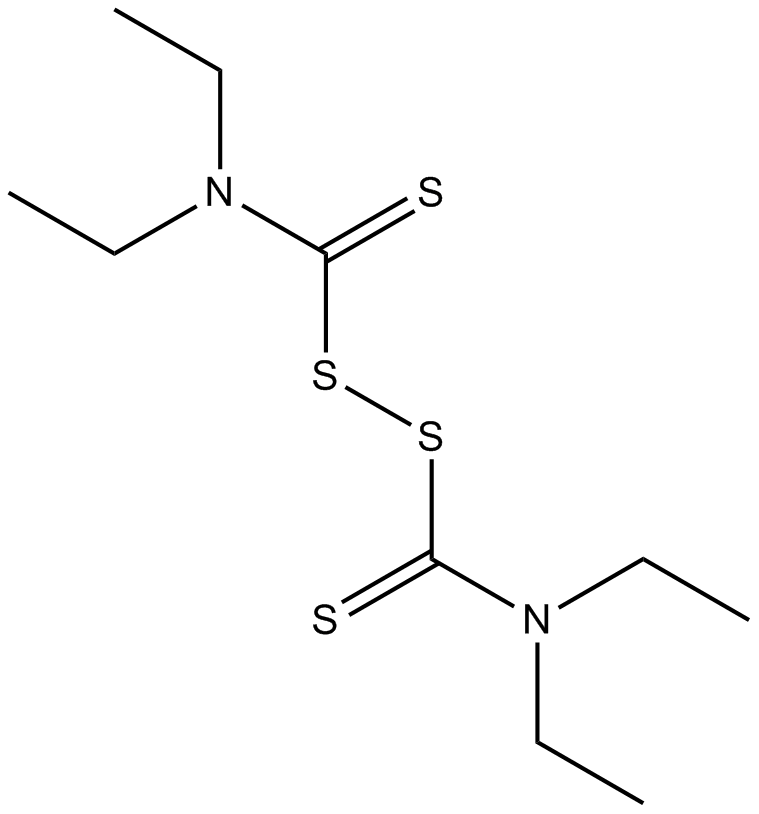Nepicastat (SYN-117) HCl
Nepicastat (SYN-117) HCl is a potent and selective inhibitor of dopamine-β-hydroxylase with IC50 values of 8.5 and 9.0 nM in bovine and human, respectively [1].
Dopamine-β-hydroxylase is an enzyme involved in the synthesis of small-molecule membrane-bound neurotransmitters. Dopamine-β-hydroxylase catalyses the synthesis of noradrenaline [1].
Nepicastat (SYN-117) HCl is a potent and selective dopamine-β-hydroxylase inhibitor. (R)-Nepicastat exhibited 2-3 fold less potent than nepicastat [1].
In beagle dogs and spontaneously hypertensive rats, nepicastat reduced noradrenaline in a dose-dependent way and increased dopamine and dopamine/noradrenaline ratio in cerebral cortex, left ventricle and the artery. In beagle dogs, nepicastat (2 mg/kg) significantly reduced noradrenaline by 52% and increased dopamine by 646% and dopamine/noradrenaline ratio in plasma [1]. In pithed spontaneously hypertensive rats, nepicastat inhibited the pressor and positive chronotropic due to preganglionic sympathetic nerve stimulation. In spontaneously hypertensive rats, nepicastat (3 mg/kg) exhibited antihypertensive effects and reduced renal vascular resistance by 38% [2]. In rats, nepicastat significantly increased extracellular dopamine accumulation induced by cocaine and amphetamine in the medial prefrontal cortex [3].
References:
[1]. Stanley WC, Li B, Bonhaus DW, et al. Catecholamine modulatory effects of nepicastat (RS-25560-197), a novel, potent and selective inhibitor of dopamine-beta-hydroxylase. Br J Pharmacol, 1997, 121(8): 1803-1809.
[2]. Stanley WC, Lee K, Johnson LG, et al. Cardiovascular effects of nepicastat (RS-25560-197), a novel dopamine beta-hydroxylase inhibitor. J Cardiovasc Pharmacol, 1998, 31(6): 963-970.
[3]. Devoto P, Flore G, Saba P, et al. The dopamine beta-hydroxylase inhibitor nepicastat increases dopamine release and potentiates psychostimulant-induced dopamine release in the prefrontal cortex. Addict Biol, 2014, 19(4): 612-622.
| Physical Appearance | A solid |
| Storage | Store at -20°C |
| M.Wt | 331.81 |
| Cas No. | 170151-24-3 |
| Formula | C14H15F2N3S·HCl |
| Solubility | insoluble in H2O; insoluble in EtOH; ≥16.6 mg/mL in DMSO |
| Chemical Name | 4-(aminomethyl)-3-[(2S)-5,7-difluoro-1,2,3,4-tetrahydronaphthalen-2-yl]-1H-imidazole-2-thione;hydrochloride |
| SDF | Download SDF |
| Canonical SMILES | NCC(N1[C@@H](CC2)Cc3c2c(F)cc(F)c3)=CNC1=S.Cl |
| Shipping Condition | Small Molecules with Blue Ice, Modified Nucleotides with Dry Ice. |
| General tips | We do not recommend long-term storage for the solution, please use it up soon. |
| Description | Nepicastat is a potent and selective inhibitor of both bovine and human dopamine-β-hydroxylase with IC50 values of 8.5 nM and 9 nM, respectively. | |||||
| Targets | bovine dopamine-β-hydroxylase | human dopamine-β-hydroxylase | ||||
| IC50 | 8.5 nM | 9 nM | ||||
Quality Control & MSDS
- View current batch:
Chemical structure
